You can contact LEARNZ, part of CORE Education, at:
Postal Address:
PO Box 13 678,
Christchurch 8141,
New Zealand
The Central Interceptor (CI) project is Aotearoa New Zealand’s largest, most expensive wastewater project ever. Having sustainability at the centre of project decisions is better for the environment and community.
Sustainability means looking after our earth and communities so that our children and grandchildren can enjoy them too. Us humans impact the planet with every choice we make. This means we can have a positive impact by choosing to change our behaviour such as using less water or using public transport instead of a car. Sustainability is not just about the environment. It also includes social and cultural equity and economic development. We cannot look after the planet if we do not have healthy, fair communities. Sustainable activities, whether large or small, can have significant impacts in the long term.
The CI has been designed and built to last for the next 100 years. Decisions made now on more sustainable design and construction will affect Aucklanders for decades to come. The finished project will reduce overflows into streams and the Waitematā Harbour during rain events, providing a healthier, more enjoyable environment for everyone.
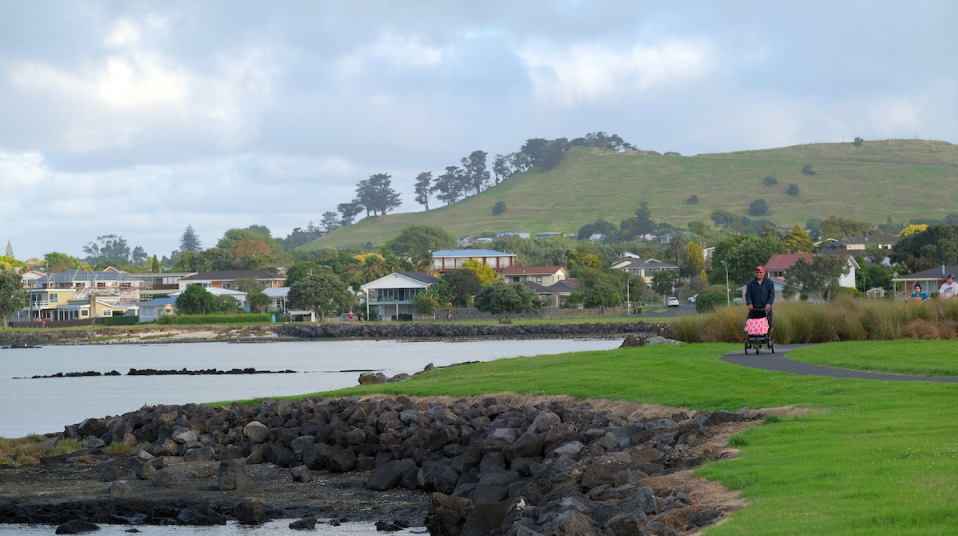
The CI Project team aim to build New Zealand’s largest wastewater project without using unnecessary resources or creating excess greenhouse gas emissions and waste. The tunnel is made using a lot of concrete, steel, fibreglass, and plastic and some wood. The wastewater flows downhill inside the tunnel by gravity so when it reaches the Māngere pump station it must be pumped 30 metres straight upwards. This requires a lot of power from the electricity grid.
During the design phase, the team planned how to reduce energy and water usage and the amount of construction material. During planning, they were able to reduce the number and size of construction sites. This means less building materials, waste, greenhouse gas emissions, and water usage. Fewer and smaller construction sites also reduce the disruption to local communities during construction of the CI.
The CI design also needed to ensure the tunnel would still function correctly as the climate changes. Since it is designed for 100 years, there may be higher sea levels, longer periods of dry weather, and more intense storms. The tunnel was designed to be large enough to hold the water from larger storms as well as run-off from more houses that will be built as Auckland’s population grows.
Sustainability opportunities on the CI are many. Here are just some of the examples:
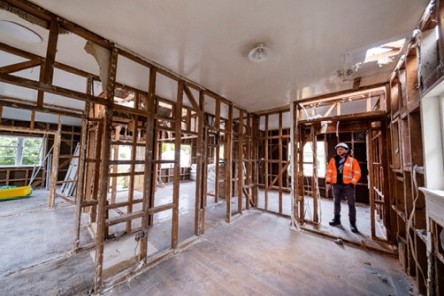
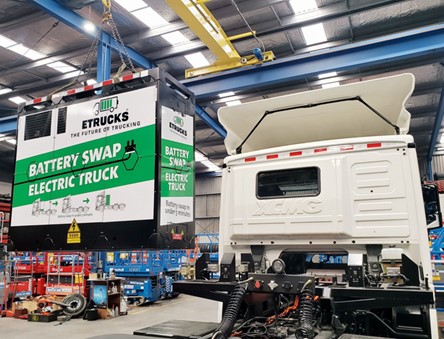
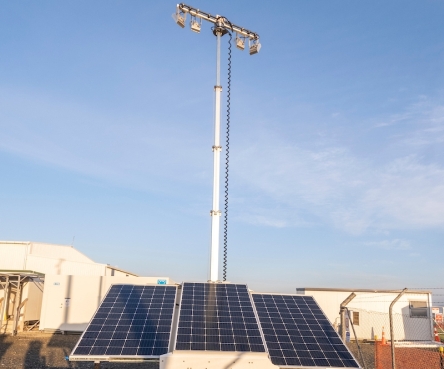
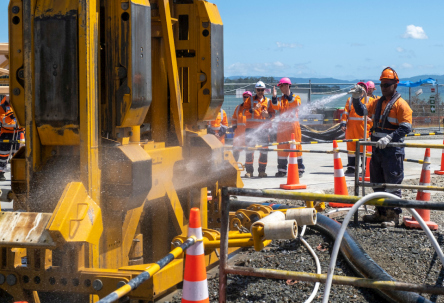
The Central Interceptor will be 14.7 kilometres long and run deep beneath central Auckland. To connect all the pipes together with the tunnel, there will be 16 construction sites on the surface, some in public parks and reserves. This means that the CI Project team is thinking about important nature areas along the tunnel route that might be affected by their work.
Some construction sites are along Waitītiko, also called Meola Creek. The ‘Waitītiko-Meola Creek Enhancement Plan’ has been made to leave these spaces better than they were before. The plan covers areas in Mt Albert around the Norwood Reserve lava rock forest, Roy Clements Treeway (behind St Luke’s), Mt Albert Grammar School farm and Te Kura Kaupapa tributary stream.
The plan will result in:
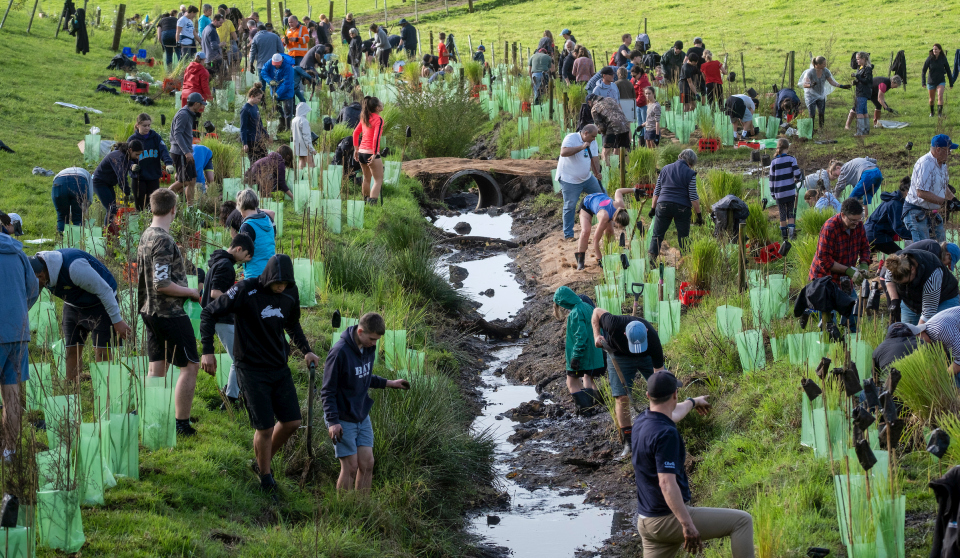
Before construction begins in an area, teams carry out ecological surveys and put plans in place to ensure these natural areas aren’t going to be threatened or damaged in any way. For example, about 50 eels were captured and released during work on a culvert. And while clearing some vegetation, 74 copper skinks were caught and relocated away from the worksite.
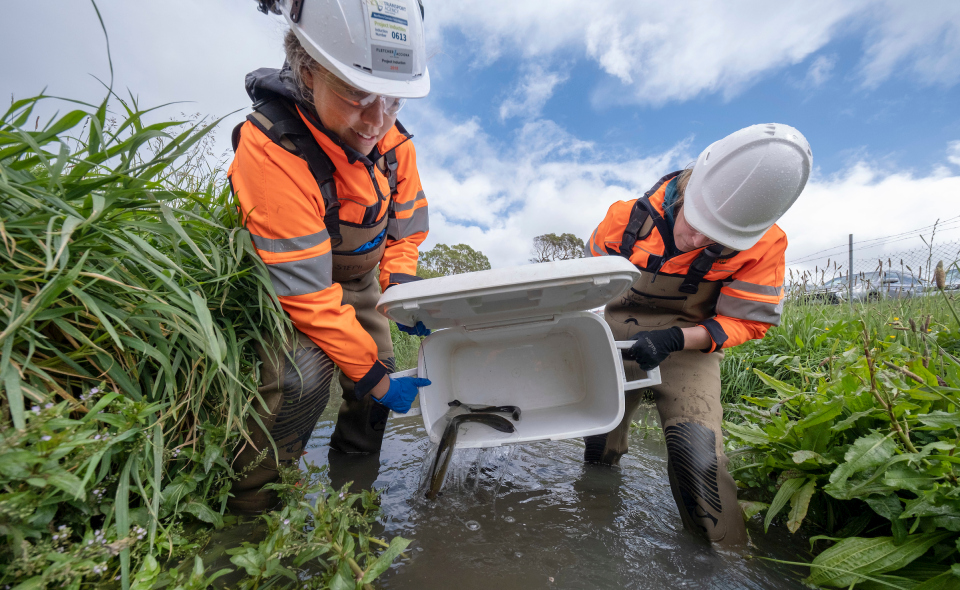
A cultural outcomes group (COG) oversees and supports cultural sustainability throughout the CI Project. Mana whenua from 19 iwi in Tāmaki Makaurau are part of the COG. Mana whenua means the indigenous people (Māori) who have historic and territorial rights over the land.
Kaitiakitanga, meaning guardianship and protection, is woven into the COG’s objectives. These are:
The COG is involved throughout the CI Project. Here are some examples:
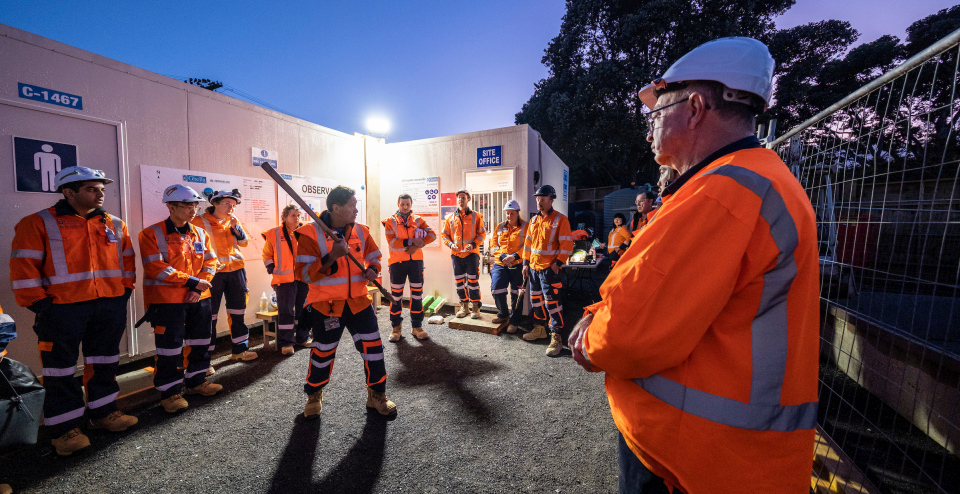
The project team want to make sure that plans to improve the environment have local support and use the ideas of the local communities. To do so, they talk regularly with groups who have connections with the local area. These groups are known as stakeholders. Some of these stakeholders are local board members, schools and kura, community and environmental groups, and people who work and live in the area.
Consultation with stakeholders means that people in the community play a part in planning and making decisions within projects that will affect them now and in the future.
Construction work on a big project like the CI Project can be noisy and disturb people living nearby. To be a good neighbour, the project team must keep people informed about what is happening. It is the right thing to do. There are regular newsletters with project updates and open days near worksites where locals can come along to ask questions, provide feedback, and learn more about the project.
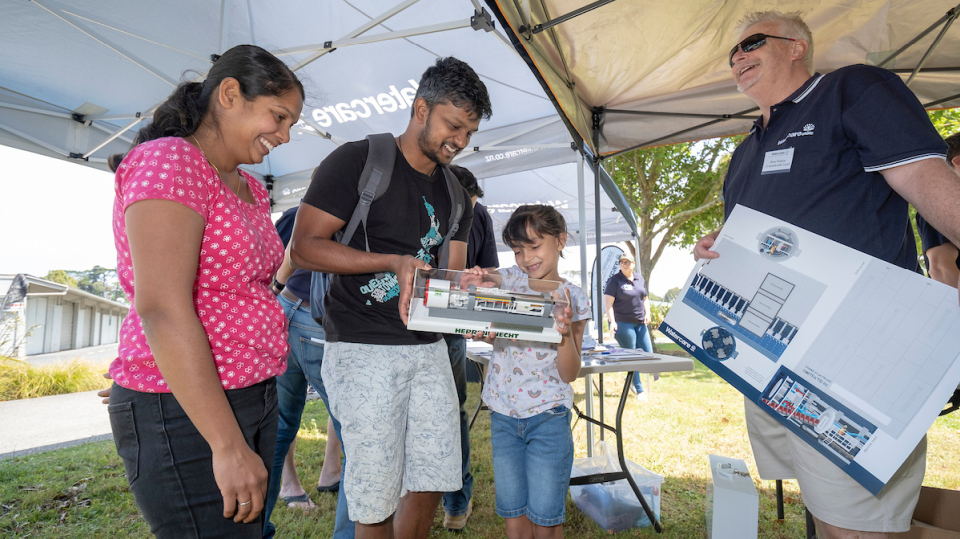
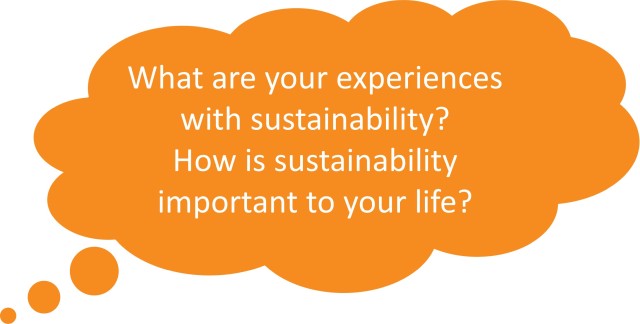
Try the sustainability in construction quiz.
Search for sustainability field trips on the LEARNZ website.